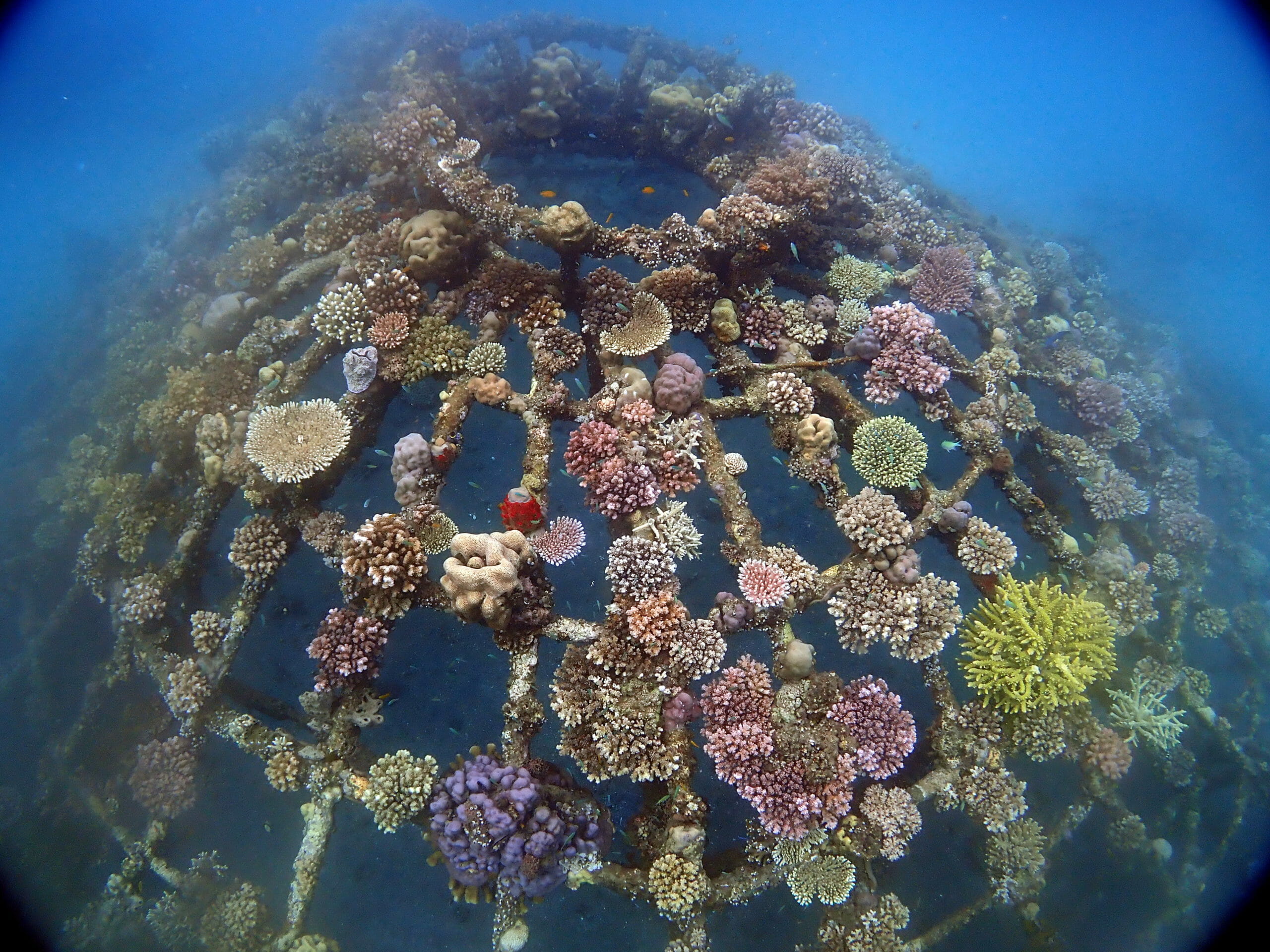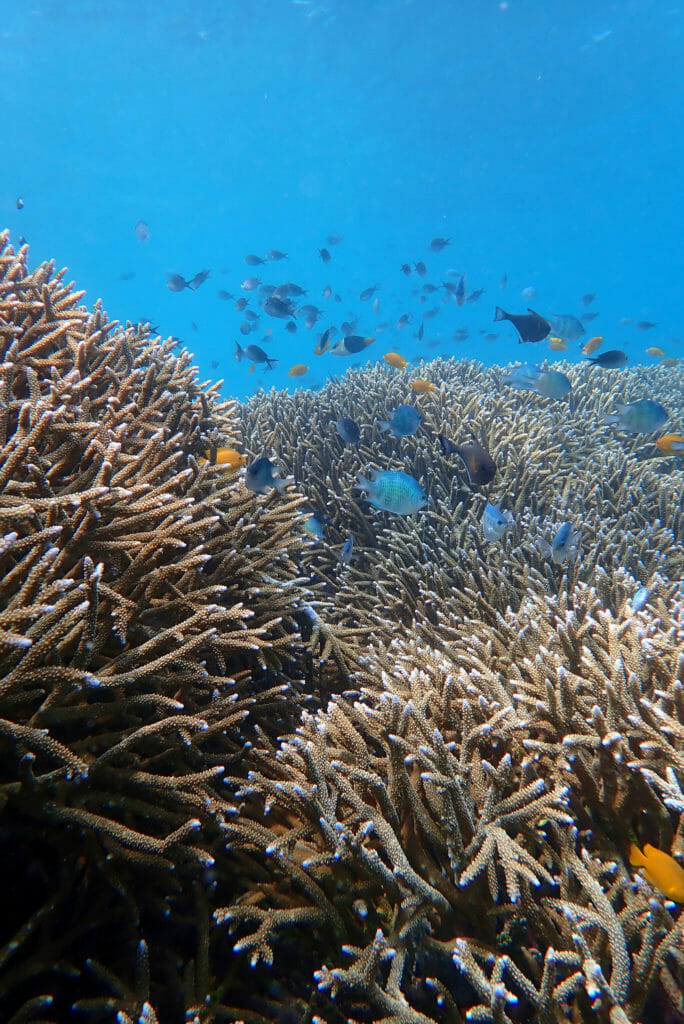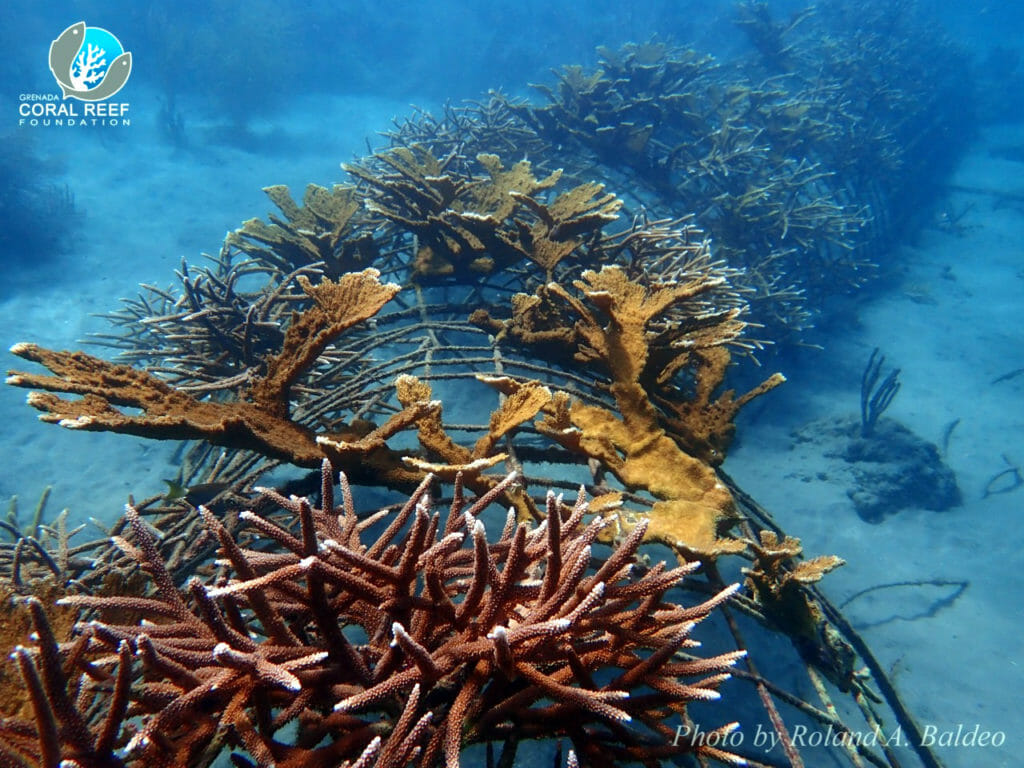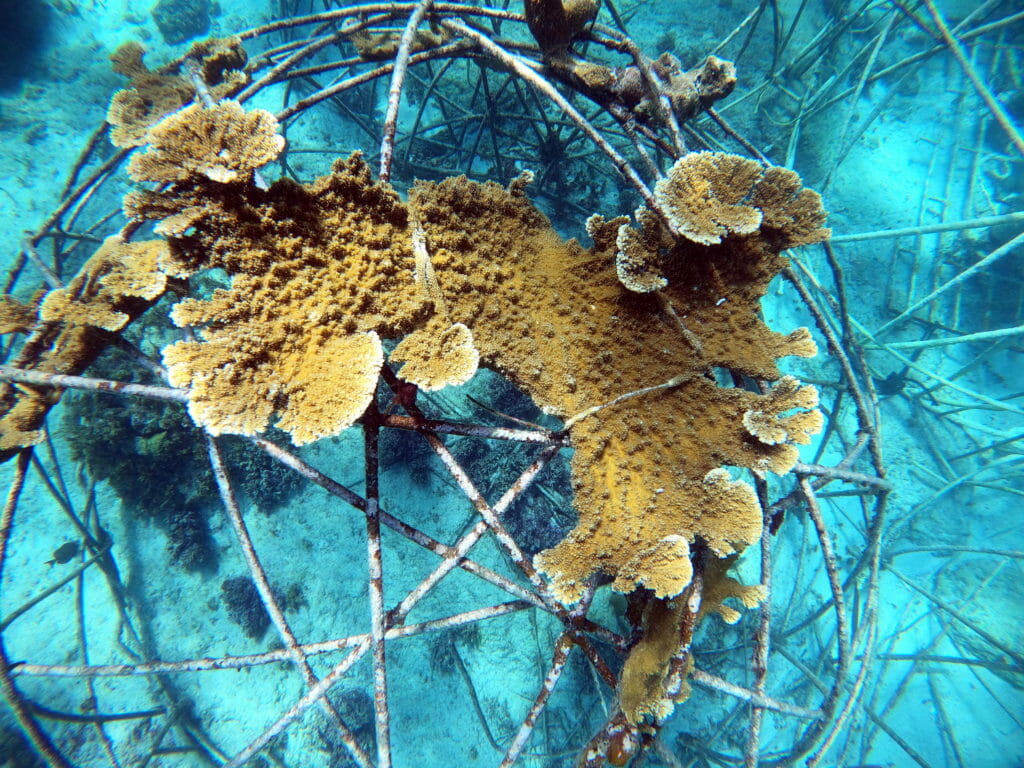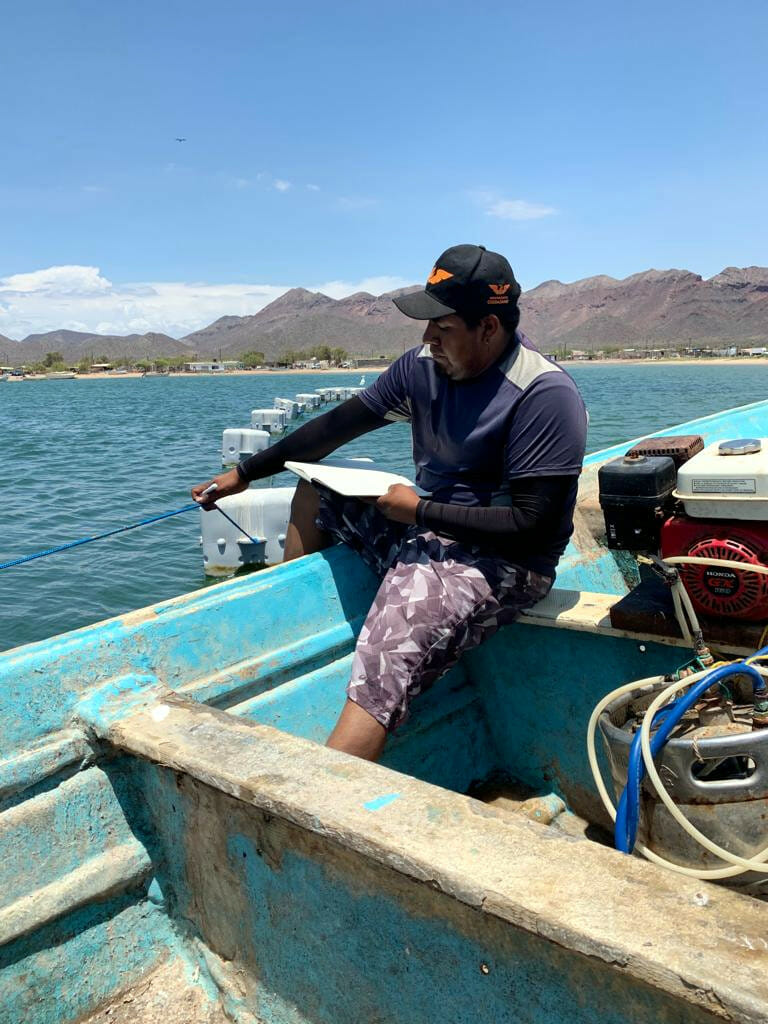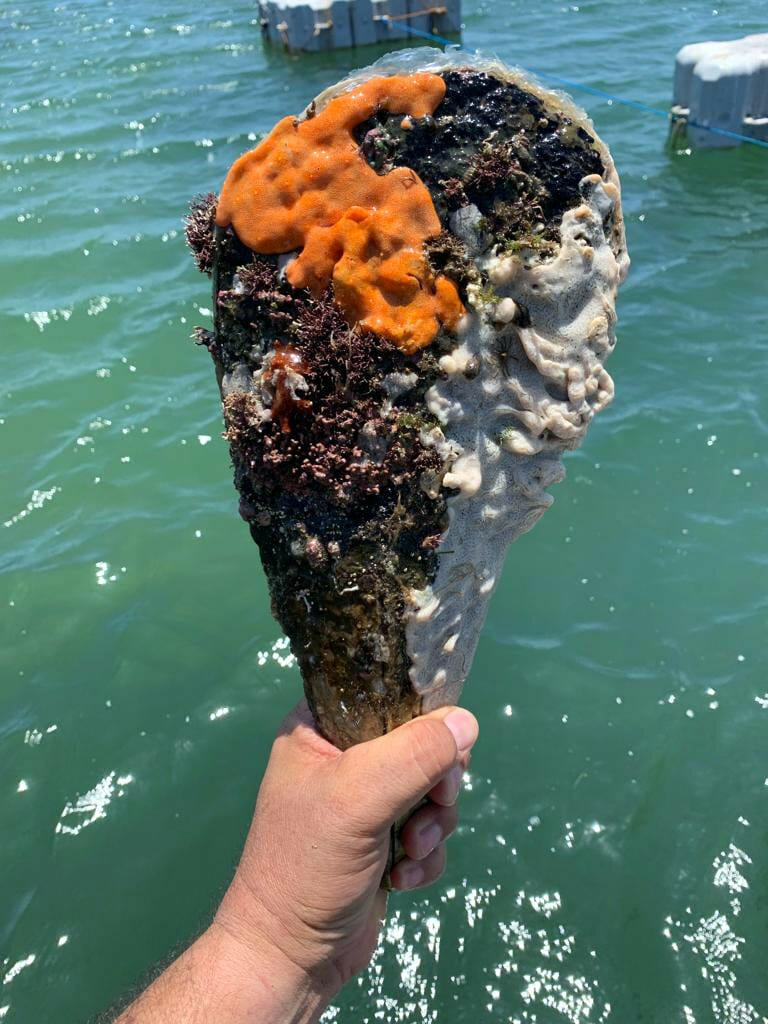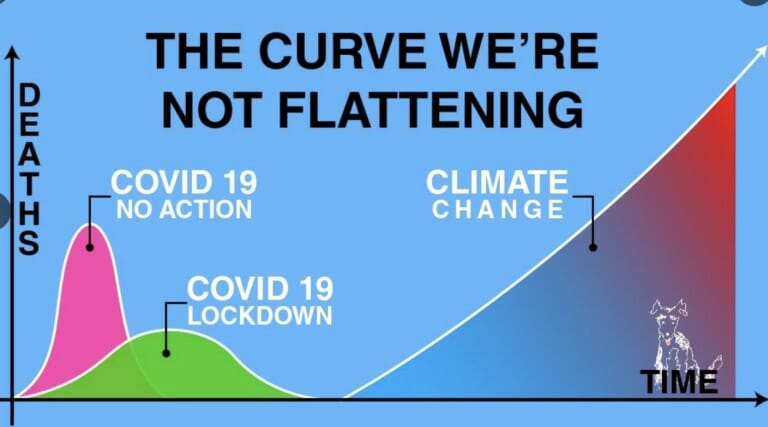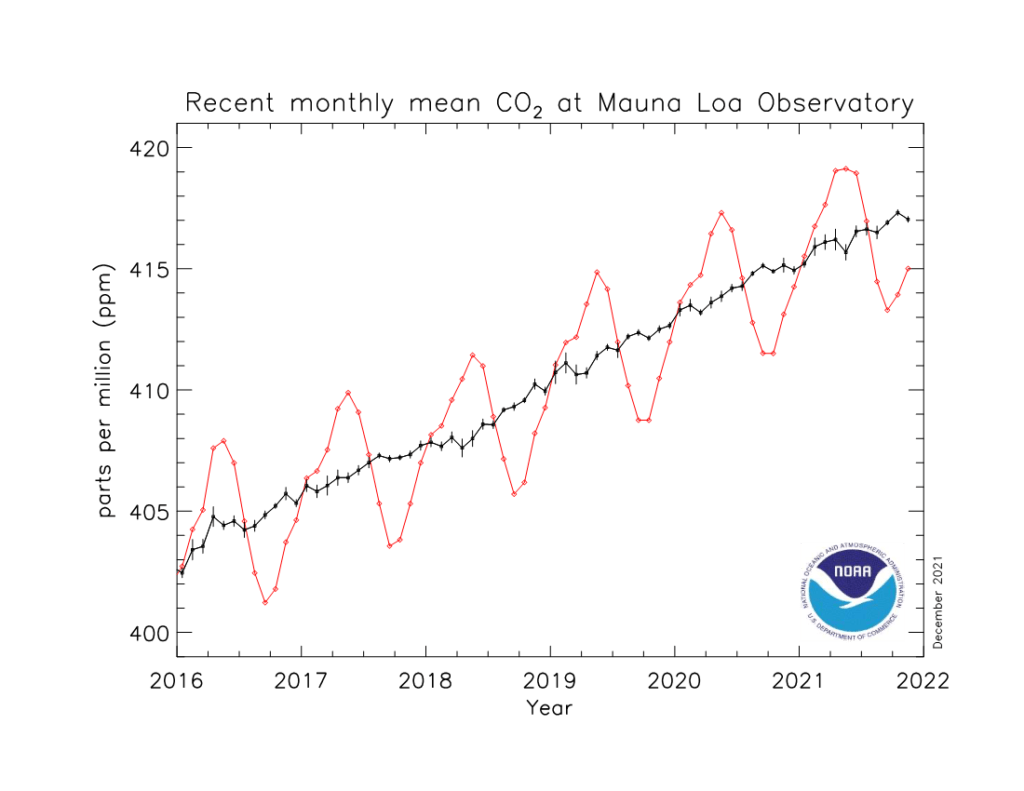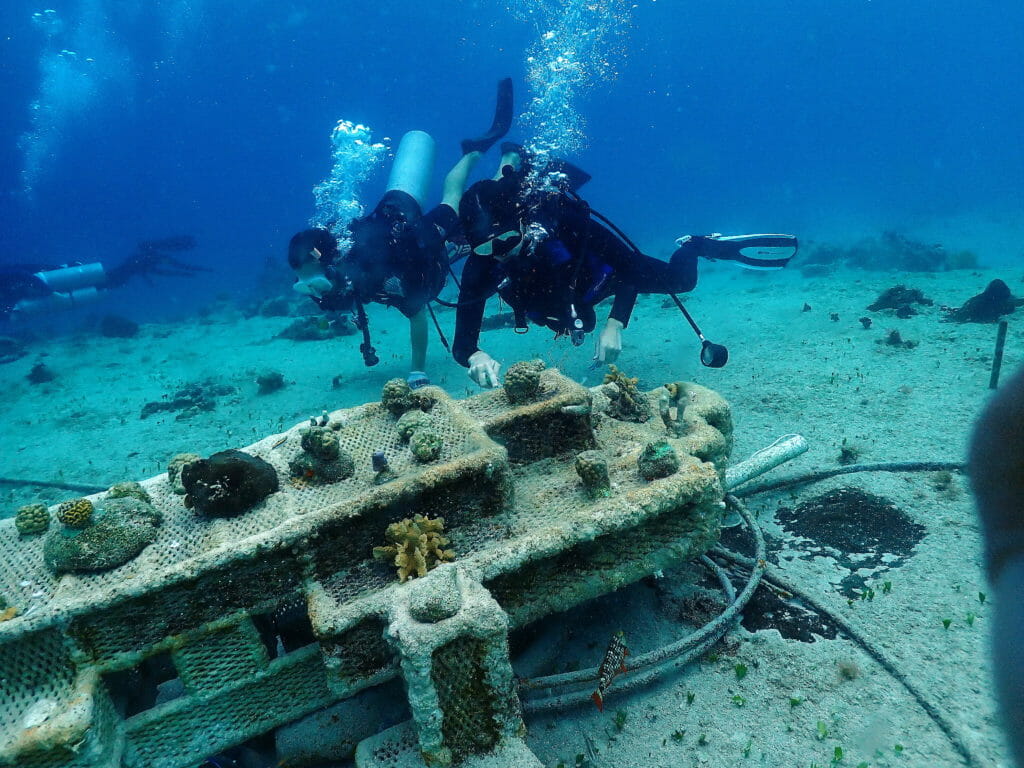December 21
2021 GCRA WINTER SOLSTICE REPORT:
CORALS, COVID, & CLIMATE CHANGE
Thomas J. F. Goreau, PhD
President, Global Coral Reef Alliance
Covid supply chain delays and uncertainty slowed down, delayed, or prevented new Biorock Marine Ecosystem Regeneration projects everywhere in the world in 2021, as they did in 2020. Nevertheless, GCRA continued to work with local partners to develop projects to solve marine resource problems caused by pollution, global climate change, and degenerative mismanagement around the entire globe. Our partners include Indigenous communities, fishing villages, divers, marine protected areas, scientists, hotels, businesses, governments, and UN-linked agencies.
In 2022 GCRA and Blue Regeneration SL, a Blue Technology company, will launch new Biorock In A Box power systems to regenerate marine ecosystems and eroding beaches, and for mariculture projects around the world. BR and GCRA’s engineering team, led by Thomas Sarkisian, is preparing smart systems to power a wide range of project sizes and applications. In 2022 Blue Regeneration plans to start major beach regeneration projects in Spain and Blue Carbon seagrass regeneration projects in the Mediterranean.
There has never been a funding agency anywhere supporting serious marine ecosystem regeneration projects! There is now endless political talk about the Sustainable Blue Economy, which is impossible without major investment in marine ecosystem regeneration. The hopeless funding situation may change in early 2022 if governments get serious about solving the climate emergency, and if the Blue Climate Fund is created by the UN Green Climate Fund. GCRA is working with UN agencies to develop large-scale regeneration of marine ecosystems for the new Blue Economy in Panama, Grenada, Jamaica, Barbuda, Mexico, Belize, Indonesia, Tonga, Tuvalu, and other countries.
2021 highlights:
1) Biorock reefs are the only method of reef restoration that survives severe bleaching events long-term. Biorock reef corals survive severe bleaching events that kill natural reefs and fragmented corals (see photos and video of long-term results at Global Coral Reef Alliance, Biorock Indonesia, Gili Eco Trust, Atlas of the Future).
This 20-year-old Biorock reef in Bali has survived repeated severe bleaching events. Photograph September 2021 by Komang Astika.
This Biorock reef at Gili Trawangan, Lombok, has survived repeated bleaching events. Photograph November 2021 by Delphine Robbe.
2) Biorock Arks are the last hope of maintaining many coral reef species as global warming soars past the coral reef bleaching tipping point, which we passed in the 1980s (Goreau & Hayes, 2021). Despite Covid, Biorock Indonesia is training hundreds of young people to regenerate their reefs. We need to Rock the Reefs in Indonesia and worldwide with Biorock Coral Arks to save their species, biodiversity, and ecosystem services: shore protection, fisheries, beaches, islands, & tourism from extinction. In 2021 new Biorock reefs were built by Biorock Indonesia and the Grenada Coral Reef Foundation.
A Grenada Biorock project. Photograph by Roland Baldeo.
3) Biorock reefs have not only survived Category 5 hurricanes in Saint Barthelemy, and Grand Turk, they revived severely battered corals after Hurricane Eta and Hurricane Iota in Jamaica, while hurricanes destroyed coral fragment nurseries. As global warming increases hurricane strength, and as bleaching prevents coral recovery, Biorock reefs will be increasingly needed to protect severely eroding beaches.
Jamaican elkhorn corals badly broken by Hurricanes Eta and Iota revived rapidly on Biorock. October 2021 by Sharren Robinson.
4) In 2021 GCRA continued Biorock projects with two remarkable Indigenous diving peoples, the Comcaac of the Sea of Cortes, Mexico and the Guna of Panama (Goreau, in press). Biorock has been used successfully in Guna Yala for 25 years. With Geodisio Castillo, the Guna Cultural Chief (who ranks above the Political Chief, and whose responsibilities include agriculture and fisheries) we picked the site for a 2022 Guna Yala Biorock Training Workshop. This will focus on Biorock technology to protect Guna islands flooded by sea-level rise, regenerating corals, and lobster mariculture. GCRA President Tom Goreau was delighted to see the healthiest Caribbean coral reefs he has seen in decades are still found in Guna Yala.
5) Biorock mariculture projects started with Indigenous Comcaac divers in the Sea of Cortes to grow their most valuable endemic shellfish from solar-powered Biorock rafts, more productive and safer to harvest, with very promising initial results. These projects are being done, thanks to donations for materials from Gerald Tuggle, and with the help of Naturalia, a Mexican conservation group that has led jaguar conservation in the Sonora mountains for some 30 years, as part of their new Marine Ecosystem Regeneration Program in collaboration with GCRA, to support the Comcaac Ecosystem Management Plan of the Comcaac traditional Consejo de Ancianos (Council of Elders).
Biorock solar powered mariculture rafts in the Infiernillo Channel, Sonora. 2021 photo by Gerardo Carreon.
Measuring shell growth of cultured bivalves. Solar panel in the background. You can see the raft is also greatly appreciated by the pelicans, and by the fish-eating eagles that fly above. Photo 2021 by Gerardo Carreon.
Biorock grown bivalve, after about 6 months of growth. This species, endemic to the Sea of Cortes, is one of the fastest-growing and most valuable bivalves in the world, and the basis of the Comcaac economy. Biorock should greatly increase its growth, and also oysters, and allow safer harvesting. Photo 2021 by Gerardo Carreon.
6) Biorock has the unique capability of growing back severely eroded beaches, regenerating devastated coral reefs, oyster reefs, seagrass, salt marsh, mangroves, and marine fisheries. If done on a sufficient scale it can reverse global climate change and stabilize CO2, temperature, and sea level as quickly as possible. Biorock provides three different mechanisms to remove CO2, and may provide the most cost-effective removal and the largest ecosystem service regeneration benefits known for reversing global climate change (Goreau, in press).
2021: ANOTHER LOST YEAR FOR CORAL REEFS
2021 was a year of lucky stasis for coral reefs, a year of relief from the foul flood of sewage from tourism areas that has smothered coral reefs with harmful slimy algae blooms and communicable diseases, while at the same time an unusually prolonged La Niña fortunately cooled the ocean just enough to prevent severe bleaching episodes.
Covid has had positive benefits for coral reefs wherever it has reduced sewage pollution from unsustainable coastal tourism over-development but has triggered increased overfishing in reefs where people have lost tourism jobs.
The Curve We’re Not Flattening. Source: C: @williamfreimuth
Atmospheric CO2 increased through Covid without a pause.
2021 was yet another year in which the world’s governments refused, at Glasgow UNFCCC, to take serious steps to reverse global climate change, condemning coral reef ecosystems to extinction, and those islands, people, and species who depend on them.
2021 ends, and 2022 starts, with ominous signs. The Great Barrier Reef, and coral reefs of Northwestern Australia are warming up for summer, if it does not suddenly cool down very soon, more severe bleaching could lie ahead in January and February. Chile and Peru coastal waters are warming and maybe starting to swing into the next El Niño. If the heat that has been absorbed by the ocean had gone into the lower atmosphere, global surface temperatures would have a risen by 36 degrees C, not 1.4 degrees! The heat has not vanished, and it will return to the surface in around 1500 years.
A slowdown in the rate at which the ocean mixes, such as that an El Niño provides, will result in dramatic surface water temperature increases in many places. A very strong South Pole High-pressure zone during the 2021 Southern Hemisphere Winter blew fierce cold winds from the Antarctic Ice Cap, causing large waves in the surrounding Southern Ocean, in the season when CO2 is normally flushed out of the ocean to the atmosphere. But at the start of the 2022 Southern Hemisphere Summer, the South Polar High vanished, allowing warm air to blow south from the subtropics, during the season when most CO2 and heat normally mixes into deep bottom waters. Small changes in ocean waves, currents, buoyancy, stratification, and deep ocean circulation rates could result in dramatic changes in atmosphere CO2 and temperature on local and global scales. Expect many more coral bleaching events and other nasty extreme weather “surprises” in 2022!
2022 will pose a new threat to years of coral regeneration in Cozumel, the world’s most popular dive location. GCRA has the oldest underwater photos of Cozumel, which show that corals there are dying from algae overgrowth caused by sewage pollution, new diseases, high temperature, and by very high levels of breakage due to strong currents and large numbers of inexperienced divers. The Cozumel Coral Restoration Program led by Dr. German Mendez has done a heroic job training hundreds of divers to rescue thousands of broken and dying coral fragments and grow them back, many on Biorock reefs. Thanks to his team’s dedicated years of work, an oasis of life has appeared in a barren desert where the once magnificent reefs had been destroyed by hurricanes and never recovered. Now the site with the best hope for Cozumel’s corals will be destroyed again in 2022 by a recently announced 4th cruise ship pier to be built directly over the restoration site! The environmental impact assessment submitted to the Mexican Government falsely claims there are no corals there! Cozumel reefs are already well over carrying capacity, algae are spreading over the reef and killing corals because sewage is released into the water at both ends of the island. Lack of cruise ships for two years due to Covid cleaned up the water, and weedy algae that used to choke the bottom at this site vanished during the pandemic, but will come back if cruise ships return. There are 3 cruise ship piers on Cozumel, which brought more than the reefs and roads could bear, so it makes no sense to build a 4th cruise ship pier. Diving tourism on spectacular reefs created Cozumel’s economy, now cruise ship tourism and greed is killing the source of the island’s economy.
GCRA is working with the Cozumel Coral Restoration Program and with one of Mexico’s largest and oldest Environmental Protection organizations, Naturalia, to find alternative sites for threatened Biorock coral regeneration projects on Cozumel and start Biorock mariculture projects with Indigenous fishing communities on both Caribbean and Sea of Cortes coasts of Mexico in 2022.
Biorock reef growing salvaged coral fragments on Cozumel. Notice that the surrounding area is barren of coral, but a few decades ago this was a spectacular elkhorn and staghorn coral reef, which was destroyed by hurricanes and never recovered. Also notice that the bottom has become free of weedy algae again since there have been no cruise ships in Cozumel for two years due to the Covid epidemic. The new cruise ship pier will be constructed right on top of the coral restoration project site and will destroy it unless we can find a way to move it to a secure location! Photo June 2021 by Dr. German Mendez.
2021 was an especially sad year for the Global Coral Reef Alliance, due to the death of Professor Robert K. Trench, a great pioneering scientist from Belize, the world’s top expert on coral reef symbiosis and biodiversity, GCRA’s Founding Board Member, and our wise elder brother. A full In Memoriam is posted on the GCRA site.
Bob Trench (center) about a year before his death, with Tom Goreau and Cy Macfarlane.
